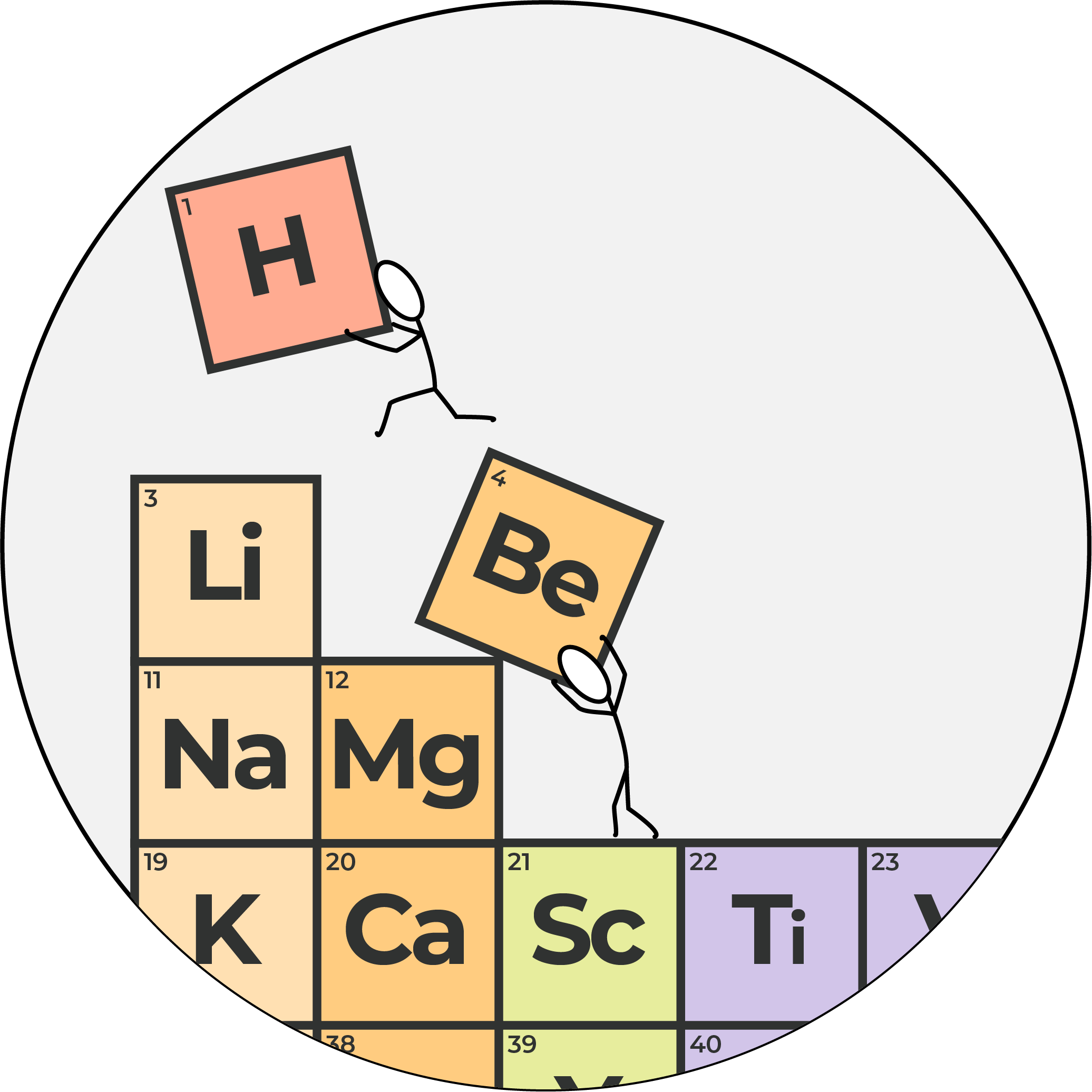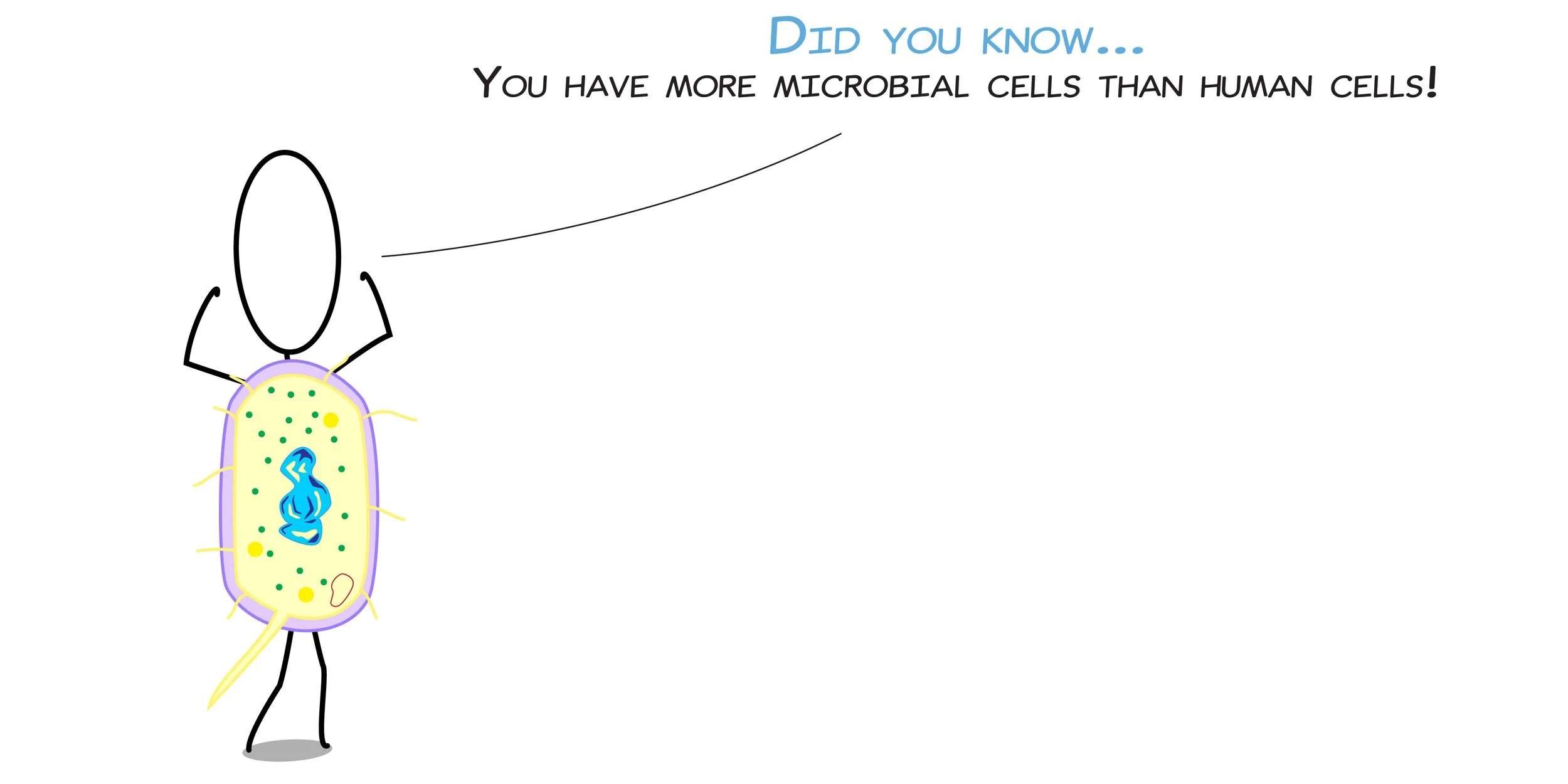Since next week is Half-Term, there will be no classes from the 11th to the 17th of October. Classes will resume from the 18th onwards.
However, we will be running our ever-popular holiday camp during this time (13th to 17th), where we make the most of the extra free time the children have to go even deeper into the science. That means more learning, more experiments, and a whole lot more wonder!
With limited spots available, these camps fill up fast. Sign up here and don’t miss out.
SCIENCE BEHIND THE WAND
Impedimenta. Arresto Momentum. Petrificus Totalis. Even Stupefy. The wizarding world has many spells to slow and even stop motion altogether, but for us mere Muggles, we just need to master Newton’s Laws of Motion. Despite being the foundation on which much of modern science was built, these rules are so simple that we can rediscover them for ourselves using a few blocks and rubber bands. By racing and crashing these blocks, we will gain an intuitive understanding of heady concepts like inertia, force, and momentum. Then, with that same momentum on our side, we will use launchers and cannons to fire tennis balls at ever greater speeds to bring dauntingly big foes to a screeching halt.
MYTH BUSTERS
Things get microbial this week as we investigate some germy myths. Are chopping boards more germ-ridden than a toilet? What about door handles? Or, heaven forbid, our devices?! And is the 5 Second Rule really a rule? Answering the last of these will be easy. By dusting the floor with a special fluorescent powder that simulates germs, we can shine a light on how long it takes different types of dropped food to be contaminated. But to answer the rest, we will need to get farming! By cooking up and plating a nutrient jelly that microbes won’t be able to resist, we will provide the perfect home for some single-celled pets. Then, we will swab these supposed havens for germs, incubate them, and watch our colonies grow.
PERIODIC PIONEERS
We should be grateful for carbon’s ubiquity, as this element forms the chemical backbone of all life on this planet. The complicated molecules that allow something as complex as life to thrive, everything from the proteins and fats that build and regulate our bodies to the DNA that encodes its information, wouldn’t be possible without strings of carbon atoms and their ability to bond with up to four atoms at a time. Even sugars, the universal fuel for metabolism, are nothing without their carbon chains. And it is from these sugars that we will demonstrate carbon’s chemical prowess. With a little help from fire, we will witness carbon rise like a charmed serpent from a pile of sugar before we use glucose to create a chemical traffic light that changes colour with just a shake.





